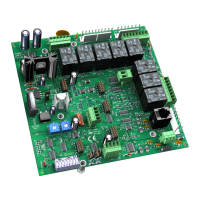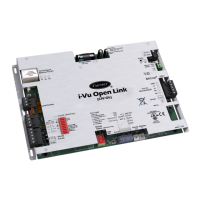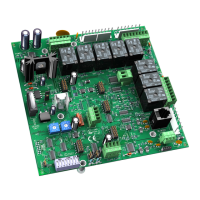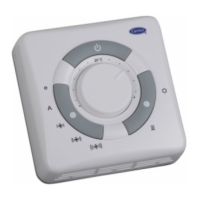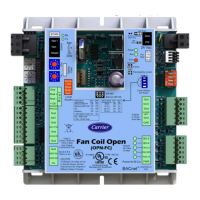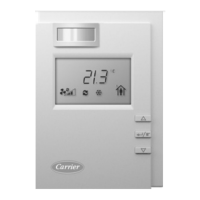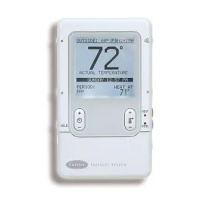VVT Zone Controller 55
– Light Blue
The space temperature must be less than this value for the VVT Master to consider the
zone a heating caller. The zone remains a heating caller until the space temperature
rises above the
setpoint. We recommend that this value be set no
lower than .5°F below the
D:
setpoint.
R:
54°F
40 to 99°F
D: – Dark Blue
The space temperature must be less than this value before a low space temperature
alarm is generated.
R:
52°F
40 to 99°F
– Yellow
The space temperature must be greater than this value for the VVT Master to consider
the zone a cooling caller. The zone remains a cooling caller until the space temperature
drops below the
setpoint. We recommend that this value be set no
lower than .5°F above the
D:
setpoint.
R:
91°F
40 to 99°F
D: – Orange
The space temperature must be greater than this value before a high space
temperature alarm is generated.
R:
93°F
40 to 99°F
D:
– Used for Optimal Start, this is the rate at which the zone
temperature changes when the heating system runs at full capacity to maintain
designed occupied heating setpoint.
R:
5°F/hr
0 to 120°F/hr
D:
– The geographically-based outdoor air temperature at which the
heating system must run constantly to maintain comfort. This information is available
in ASHRAE publications and most design references.
R:
0°F
-100 to 150°F
D:
– Used for Optimal Start, this is the rate at which the zone
temperature changes when cooling system runs at full capacity to maintain designed
occupied cooling setpoint.
R:
5°F/hr
0 to 140°F/hr
– The geographically-based outdoor air temperature at which the
cooling sys
tem must run constantly to maintain comfort. This information is available in
ASHRAE publications and most design references.
D:
R:
100°F
-100 to 150°F
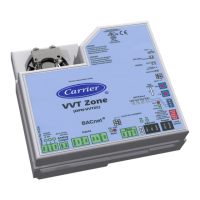
